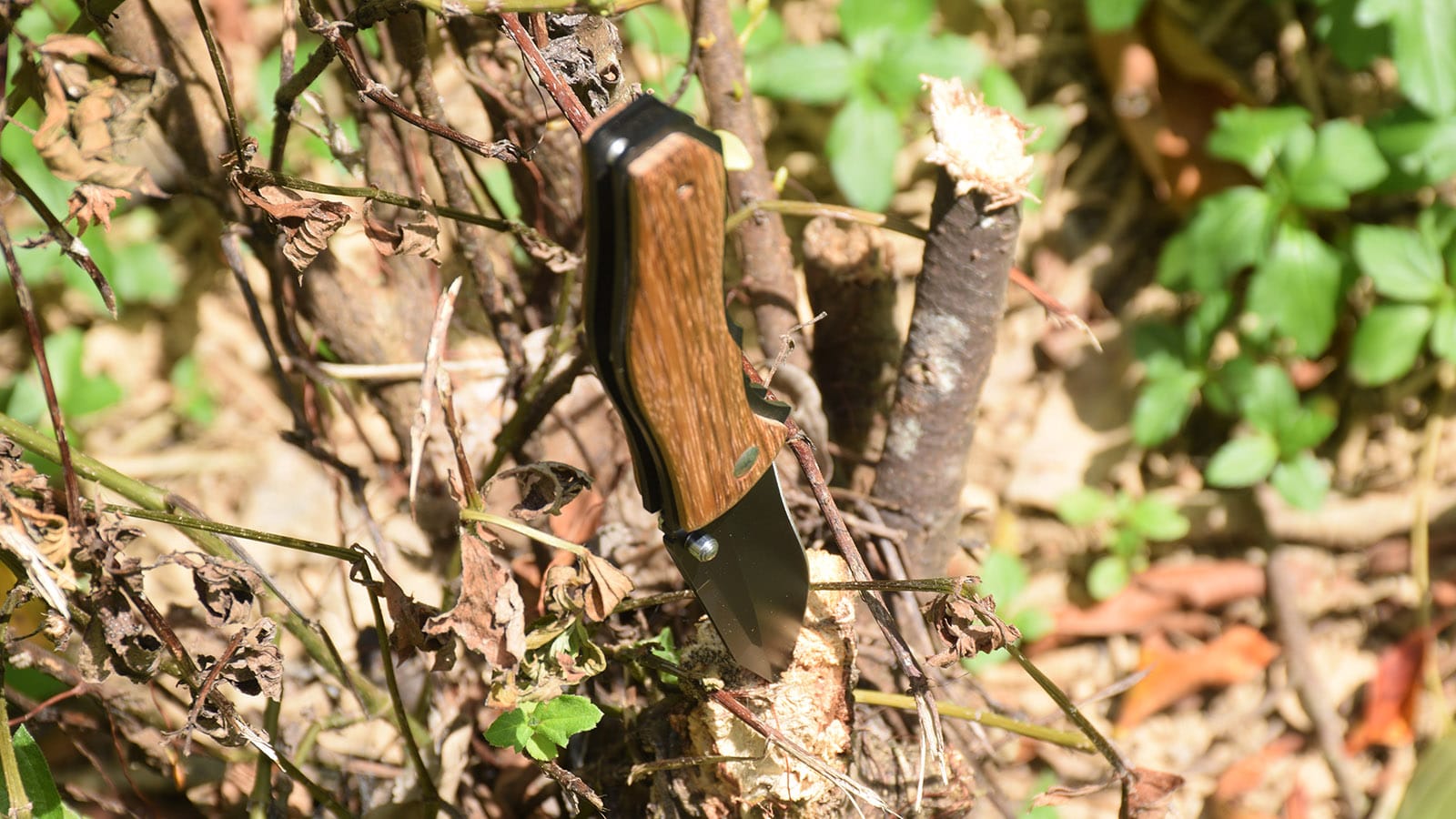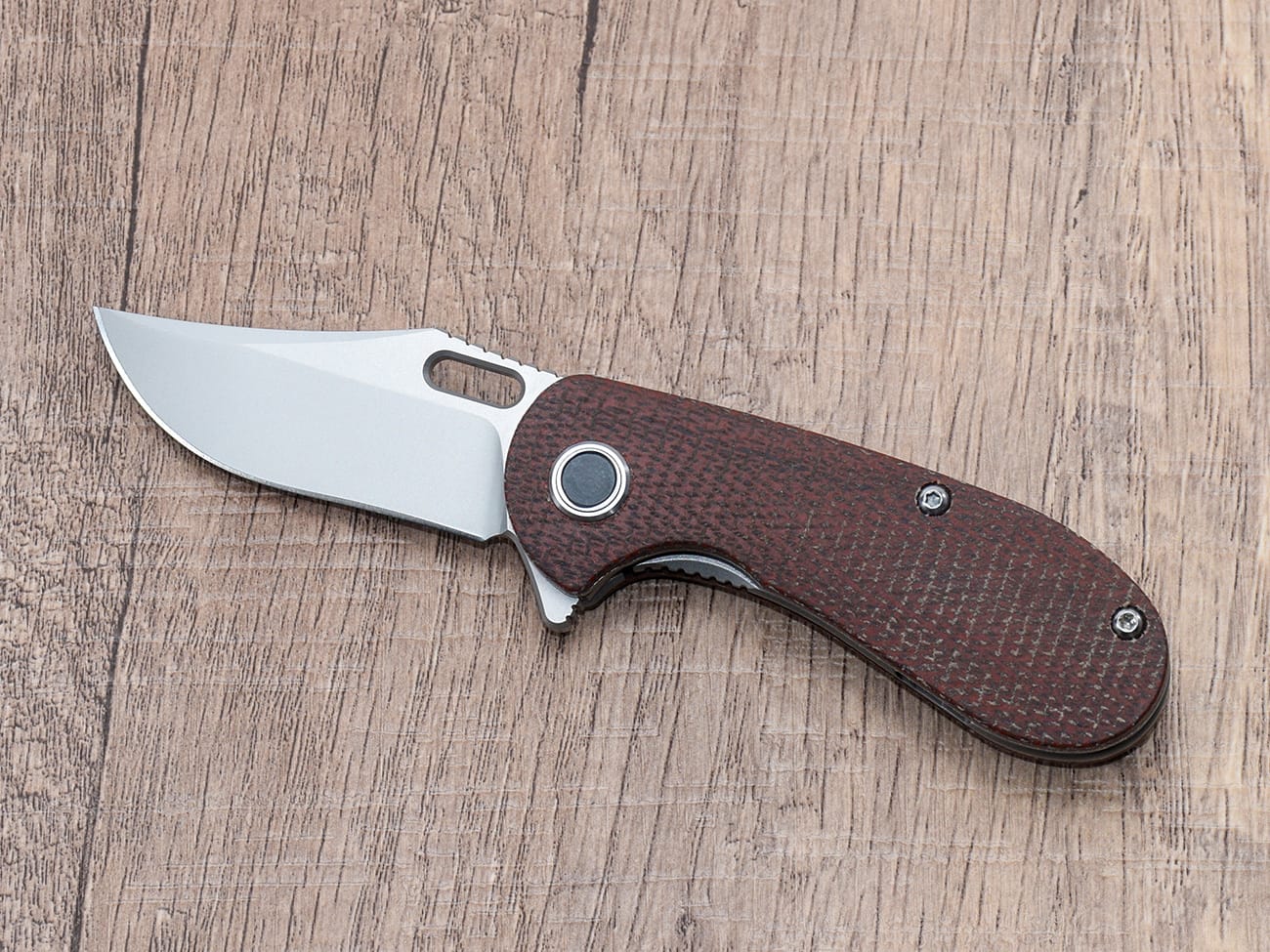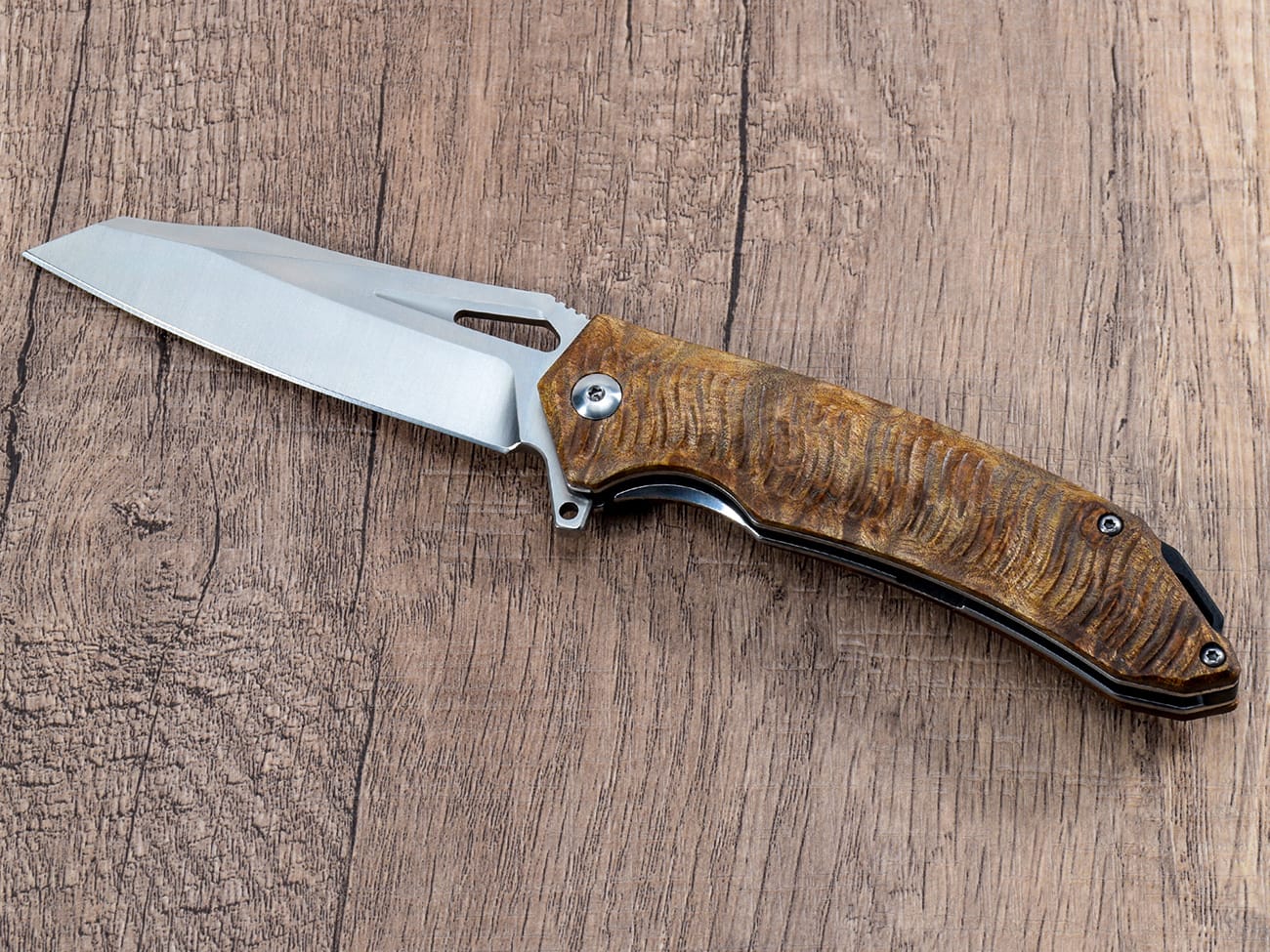Are you on the hunt for the perfect knife handle? The choice between wooden and plastic handles can significantly impact your cutting experience. In this comprehensive guide, we’ll slice through the details of these popular handle materials, helping you make an informed decision for your next knife purchase.
Why This Article is Worth Your Time
Whether you’re a professional chef, an outdoor enthusiast, or simply someone who appreciates a good kitchen knife, understanding the pros and cons of different handle materials is crucial. We’ll explore the unique characteristics of wooden and plastic handles, their performance in various situations, and how they can affect your overall knife-using experience.
The Anatomy of a Knife Handle: More Than Meets the Eye
Before we dive into the specifics, let’s understand why the handle material is so important:
- Grip and comfort
- Durability and longevity
- Aesthetic appeal
- Maintenance requirements
- Performance in different environments
Now, let’s explore the advantages and disadvantages of wooden and plastic handles.
What Makes Wooden Handles a Popular Choice?
Wooden handles have been a staple in knife making for centuries. Here’s why they continue to be a favorite among knife enthusiasts:
Natural Beauty and Warmth: Can Plastic Match Wood’s Aesthetic Appeal?
One of the most significant advantages of wooden handles is their natural beauty. Each piece of wood has unique grain patterns, colors, and textures, making every knife handle one-of-a-kind. This aesthetic appeal is hard to replicate with plastic materials.
“There’s something about a wooden handle that just feels right in your hand. It’s like holding a piece of nature,” says John Doe, a professional chef with 20 years of experience.
How Does the Feel of Wood Compare to Plastic?
Wooden handles often provide a comfortable grip due to their natural warmth and texture. Many users find that wood feels more “alive” in their hands compared to the sometimes cold and sterile feel of plastic.
Are Wooden Handles Environmentally Friendly?
For the eco-conscious consumer, wooden handles can be a more sustainable choice, especially when sourced from responsibly managed forests. Wood is a renewable resource, unlike most plastics which are petroleum-based.
What Types of Wood Are Commonly Used for Knife Handles?
Some popular wood choices for knife handles include:
- Rosewood
- Ebony
- Olive wood
- Walnut
- Oak
Each type of wood offers different characteristics in terms of hardness, grain pattern, and color.
The Drawbacks of Wooden Handles: What You Need to Know
While wooden handles have many advantages, they also come with some potential drawbacks:
How Do Wooden Handles Hold Up to Moisture?
One of the biggest challenges with wooden handles is their susceptibility to moisture. Wood can absorb water, leading to swelling, warping, or even cracking over time. This can be particularly problematic for kitchen knives or outdoor knives used in wet conditions.
Are Wooden Handles High-Maintenance?
Compared to plastic handles, wooden handles generally require more maintenance. They may need periodic oiling to prevent drying and cracking, and they can be more susceptible to stains and odors.
How Durable Are Wooden Handles in the Long Run?
While high-quality wooden handles can last for years with proper care, they may not be as durable as some modern synthetic materials. They can chip, crack, or split if subjected to harsh impacts or extreme temperature changes.
Plastic Handles: The Modern Alternative
Plastic handles, including materials like G10, Micarta, and various thermoplastics, have become increasingly popular in recent years. Let’s explore why:
How Do Plastic Handles Perform in Wet Conditions?
One of the biggest advantages of plastic handles is their excellent performance in wet conditions. Unlike wood, most plastic handles are highly water-resistant and won’t absorb moisture, swell, or warp.
Are Plastic Handles More Durable Than Wood?
In many cases, yes. High-quality plastic handles, especially those made from materials like G10 or Micarta, can be incredibly durable and resistant to impacts, chemicals, and temperature changes.
What About Maintenance? Are Plastic Handles Easier to Care For?
Plastic handles generally require less maintenance than wooden handles. They don’t need oiling, are less likely to stain, and can often be cleaned with just soap and water.
How Do Plastic Handles Feel in Hand?
Modern plastic handles can be molded into ergonomic shapes that provide excellent grip and comfort. Materials like G10 can be textured to provide a secure hold even in wet conditions.

A G10 handle folding knife with black blade and pocket clip offers excellent grip and durability
The Downsides of Plastic Handles: What to Consider
While plastic handles offer many benefits, they’re not without their drawbacks:
Can Plastic Handles Match the Aesthetic Appeal of Wood?
While modern plastic handles can come in a variety of colors and patterns, many knife enthusiasts feel they lack the natural beauty and warmth of wood.
Are All Plastic Handles Created Equal?
No, the quality of plastic handles can vary significantly. Cheaper plastic handles may feel slippery, become brittle over time, or even melt if exposed to high heat.
What About the Environmental Impact?
Most plastic handle materials are not biodegradable and are derived from non-renewable resources, which can be a concern for environmentally conscious consumers.
How Do Wooden and Plastic Handles Compare in Different Knife Types?
The choice between wooden and plastic handles can depend on the type of knife and its intended use:
Kitchen Knives: Wood or Plastic?
For kitchen knives, both materials have their place. Wooden handles offer a classic look and comfortable grip, but plastic handles may be more practical for their ease of cleaning and resistance to moisture.
What About Outdoor and Survival Knives?
For outdoor use, plastic handles often have an edge due to their durability and water resistance. However, some outdoor enthusiasts prefer the traditional look and feel of wood.
Collectible and Display Knives: Which Handle Material Stands Out?
For collectible or display knives, wooden handles often take the lead due to their aesthetic appeal and traditional craftsmanship.
How to Choose Between Wooden and Plastic Handles?
When deciding between wooden and plastic handles, consider the following factors:
- Intended use of the knife
- Environmental conditions it will be exposed to
- Your personal aesthetic preferences
- Maintenance you’re willing to perform
- Budget considerations
Innovative Handle Materials: Beyond Wood and Plastic
While we’ve focused on wood and plastic, it’s worth noting that there are other innovative handle materials available:
- Carbon fiber handles offer excellent strength-to-weight ratio
- Titanium handles provide durability with a premium feel
- Micarta handles offer a balance of durability and aesthetics
The Bottom Line: Choosing the Right Handle for Your Needs
Both wooden and plastic handles have their place in the world of knives. Your choice should ultimately depend on your specific needs, preferences, and the type of knife you’re using.
Key Takeaways:
- Wooden handles offer natural beauty and warmth but require more maintenance
- Plastic handles are durable and low-maintenance but may lack the aesthetic appeal of wood
- Consider the knife’s intended use when choosing between wood and plastic
- High-quality materials in both categories can provide excellent performance
- Don’t overlook innovative alternatives like carbon fiber or Micarta
Remember, the perfect knife handle is the one that feels right in your hand and meets your specific needs. Whether you choose the classic appeal of wood or the modern practicality of plastic, a well-chosen handle will enhance your cutting experience for years to come.




